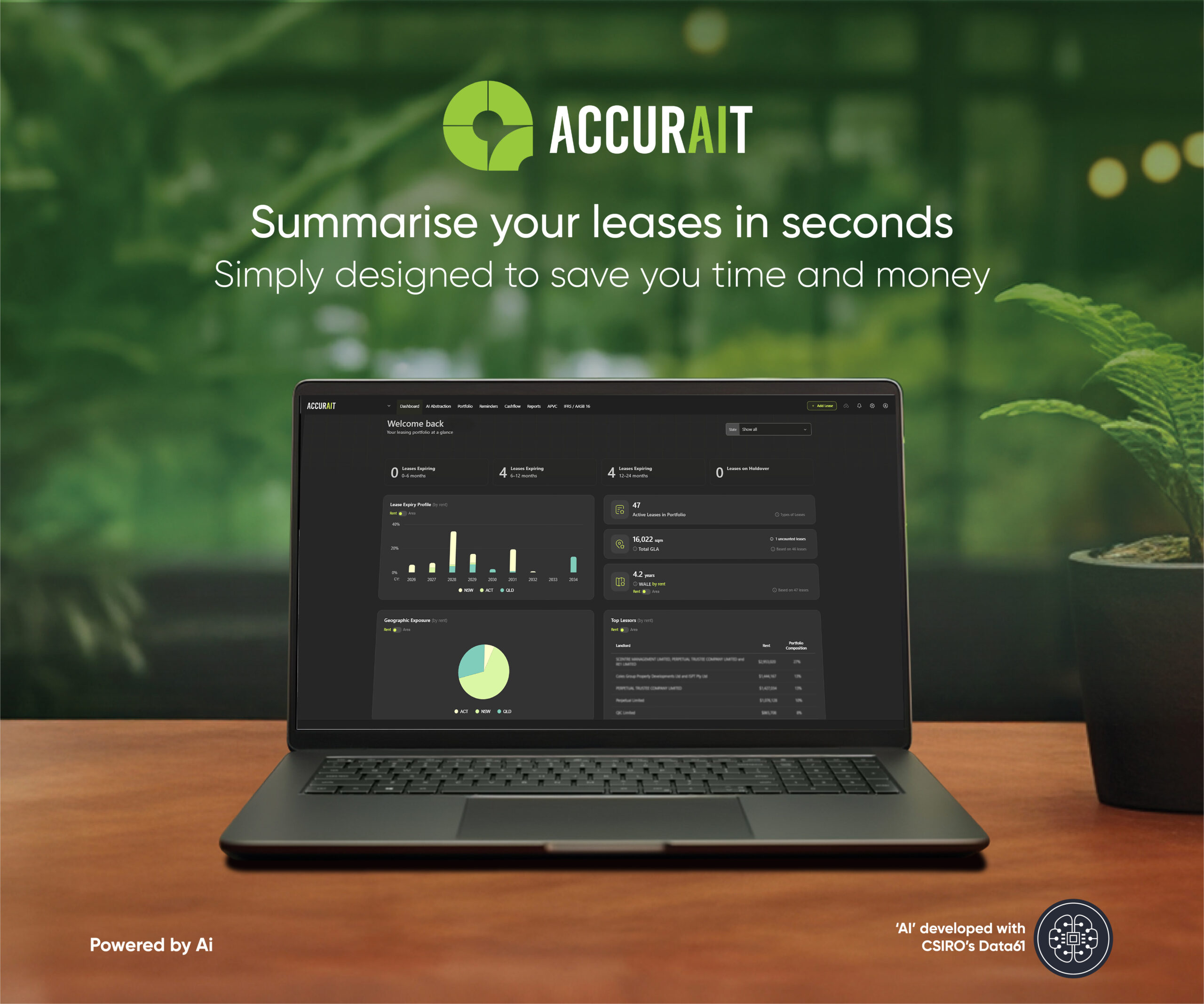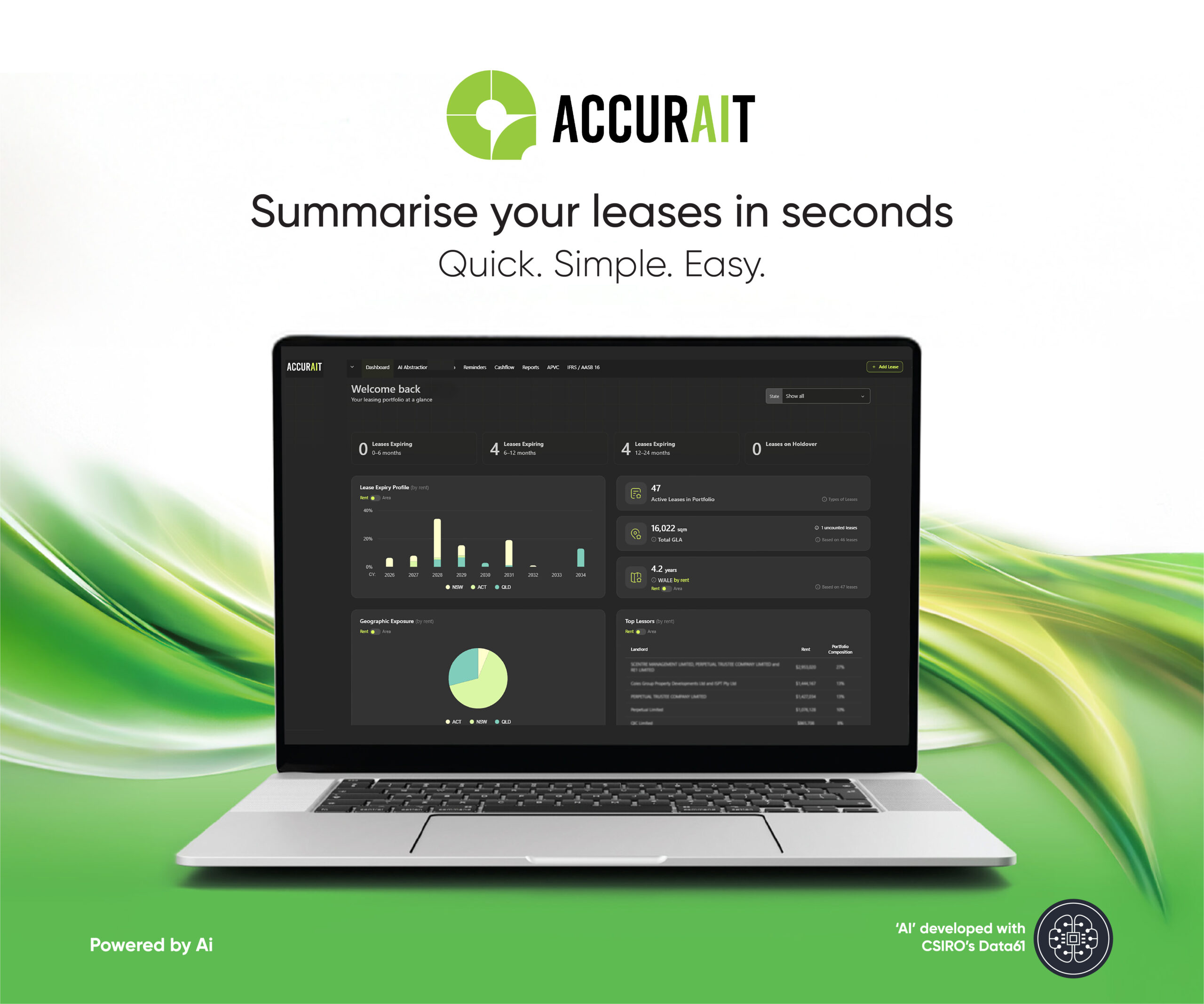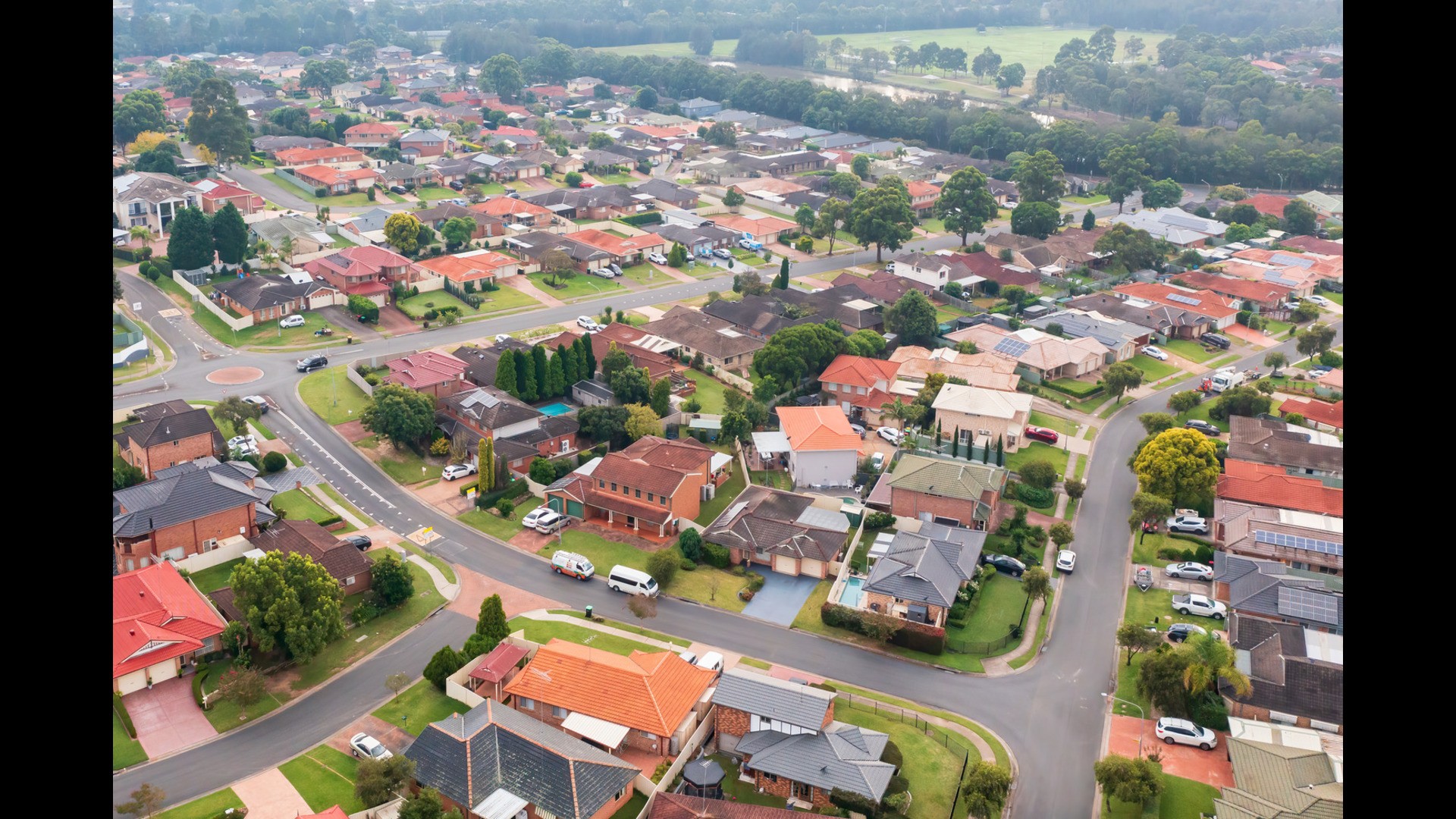Money’s Mortgage Insights: First Home Buyer Loans to Grow 6.5% in 2025 & SA Emerges as Top Market
24 April 2025
Money.com.au has released the latest edition of its First Home Buyer Mortgage Insights report, highlighting key trends in Australia’s first home buyer loan market in the past year and for 2025.
See the full report on LinkedIn.
First home buyer loans are catching up to the broader owner occupier market
The total number of first home buyer (FHB) loans reached 125,220 in 2024, recording 5.9% annual growth — now in line with the rest of the owner occupier market (6%).
Money.com.au’s Property Expert, Mansour Soltani, says first home buyers catching up to the broader homebuyer market marks a major turning point.
“First home buyers are always playing catch-up with upgraders who have equity behind them. But now, that gap is finally starting to shrink. This is partly due to the uptake of state grants and the First Home Guarantee. With interest rates falling, we’re likely to see affordability pressures ease, borrowing power improve, and more first home buyers take their shot at homeownership in 2025,” he says.
Annual growth in the FHB loan segment is expected to outpace the broader owner occupier loan market in 2025 — with FHB loans projected to rise 6.5% to 133,308. By contrast, the rest of the owner occupier market is forecast to grow by 5.3%, reaching 216,210 loans.
Victoria still leads in first home buyer activity
Victoria still leads the nation with the strongest annual growth in first home buyer loan numbers, recording an 11% increase last year — double the national growth rate of 5.5%. It also had the highest share of first home buyer loans, accounting for 32.5% of all new loans (owner occupiers only).
Queensland ranked second with 6% annual growth, followed by South Australia at 4.6%.
However, owner occupier loans for first home buyers declined in some states in the final quarter of 2024. Notably, Western Australia saw 9.9% fewer loans in the December 2024 quarter compared to a year earlier, while New South Wales experienced a 9.1% decline. As a result, NSW’s annual growth rate slumped to just 3.3%, while WA fell into negative territory with a 0.7% decline.
First home buyers face 31% growing loan gap
The average annual loan size for first home buyers rose by 6% last year, adding $30,248 to the average loan size of $504,694 in 2023. By the end of 2025, the average FHB loan is expected to reach around $563,000.
While first home buyers are catching up in loan numbers, they’re still borrowing significantly less than non-FHB owner occupiers. The average annual non-FHB loan now sits at $698,053 — a 31% premium, or $164,987 more, than the average first home buyer loan of $533,066.
Mansour says this gap in average loan sizes is pushing more first home buyers into outer suburbs or regional areas where property prices are more affordable and competition is lower.
“More first home buyers are looking beyond capital city markets and metro areas to avoid competing with equity-rich buyers for the same properties. Many will also turn to the Bank of Mum and Dad for help. Our research shows that more than one in five Australians under 40 (22%) have either received or expect to receive financial assistance from a parent to buy a home,” he says.
South Australia emerges as a top market for first home buyers
South Australia could be a market that holds a rare opportunity for first home buyers. FHB loans now make up 34.9% of all owner occupier loans in SA. This is the highest share on record for the state.
However, growth in the number of FHB loans in SA is still modest — just 5.1%, which is below the national average of 5.9%.
Mansour says because many first home buyers have already entered the South Australian market, growth is slowing and reducing the risk of competition driving up house prices.
“While Adelaide’s median house price recently hit the $1 million mark, there are still plenty of affordable pockets outside of the city and in regional South Australia where first home buyers can get into the market without taking on excessive debt,” he says.
“The average annual loan size for first home buyers in South Australia is still below $500,000, so affordability remains a major drawcard.”
South Australia has the smallest gap between first home buyer and broader market loan sizes among the major states, at 18.7%. In comparison, Queensland’s gap has grown from similar levels four years ago to 25.6% today.
‘Rentvesting’ growing at twice the pace of traditional homebuying
First home buyer investor loans continue to grow at twice the pace of FHB owner occupier loans, with annual growth of 12% and 5.5% respectively. However, FHB investor loans account for just 4.31% of all investor loans nationally. It’s a small, but mighty market. This share is expected to grow in 2025, as more first home buyers are tipped to enter the market as investors.
New South Wales recorded the highest annual growth in first home buyer investor loans at 20.8% — nearly double the national average. Western Australia followed with a 19.5% annual growth rate, while Queensland recorded 12.7%.
The average annual FHB investor loan size is $561,343, up 1% from a year ago.











